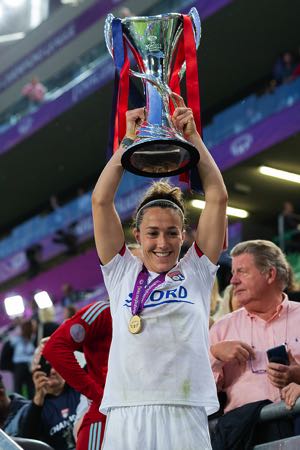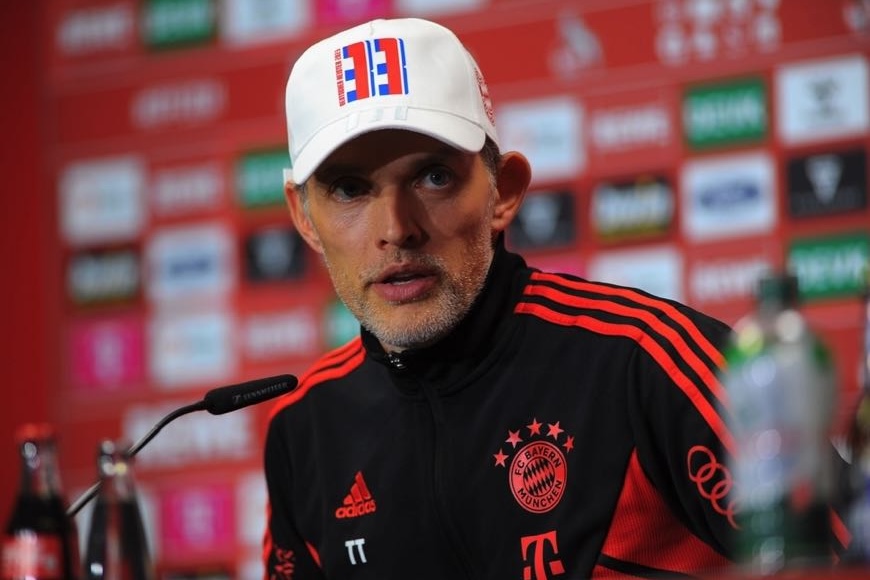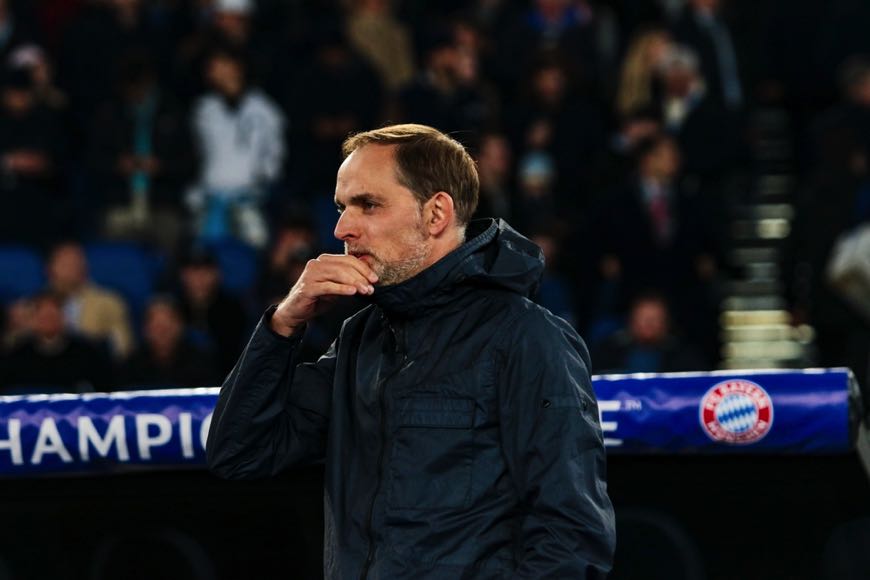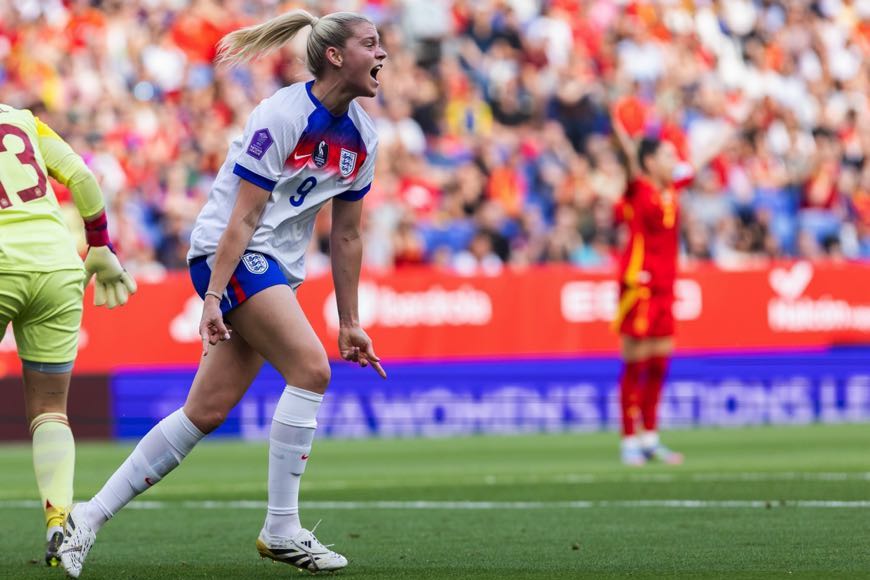Although pride and a place in the English history books often drive participation in international football, this does not mean there are no financial rewards involved for England players. We are not talking about the kind of sums that players receive from their clubs, but international football can still be quite lucrative at times for members of the England squad. Here we take a look at how much they get paid, what form those payments take and where the cash actually comes from.
Appearance Fee
The most regular payment handed to England players is a standard appearance fee, payable whenever they take part in an international match, whether it be a friendly, World Cup qualifier or anything else. It is widely believed that this figure stands at around £2,000 and this applies equally to both the men’s and women’s national side. Of course, men playing for England earn far, far more than their female counterparts, in general, but this equal appearance fee is at least a step in the right direction. It should also be noted that since 2007, the men’s team players have donated their appearance fee to charity. So, although they are technically being paid, they do not end up with any of the money.
This initiative has seen the England Footballers Foundation give out over £5m in funds to various charities and it causes no hardship for the big-money Premier League players. For the likes of Harry Kane, for example, an England appearance fee is in the region of just 1% of his base weekly salary. Following in the footsteps of the men’s team, some women that represent the Three Lionesses also choose to donate their appearance fee to charity. Not all of them do so, however, as multiple £2,000 payments are simply too large an amount to give up for many of them who earn nothing like what the men do.
The average salary in the Women’s Super League, at the start of the 2022/23 season was around £47,000. Assuming there are some England squad members earning close to this figure, then international appearance fees could come close to representing half their total income (in 2019, the England women’s team played 20 matches).
Bonuses Outside Major Tournaments

As well as guaranteeing an equal appearance fee for the two national sides, the FA confirmed in 2020 that match bonuses, outside of major tournaments are also paid at the same rate. These are not overly large payments but they can represent a decent return for those on lower incomes (relatively speaking) when reaching some sort of notable milestone.
Tournament Bonuses
Although most England players (all of them men) do not pocket any of their appearance fee, they do take home any share of tournament prize funds. This is not money they generally donate to charity and payments can be large, especially if they have been able to survive several rounds. What the Lions are paid versus the Lionesses though does vary massively. Playing for the former brings in much more money at both the European Championships and World Cup where the men’s tournaments generate huge sums of money and thus offer massive prize funds.
Had England won the women’s World Cup in 2019, each player would have been entitled to around £50,000 each in bonuses. If the men had managed the same feat in their World Cup a year earlier, the figure stood much higher at £217,000. This is not the fault of the FA, as the tournament organiser (in this case FIFA) distributes a pot of money to the relevant footballing bodies based on performance. Due to greater commercial revenues and TV money, the pot is much larger for the men.
Various figure are quoted by different sources for just how lucrative the 2020 (men’s) European Championships were. The total prize fund for the tournament was lower than initially planned, but the winners of the final were still expected to land a record payout of £24m going by the revised figures provided by the Telegraph.
Other sources work with a similar figure but then break down what that means in terms of the playing staff. There are no fixed rules on how total money is to be distributed among the squad. It was reported that the players would have received about 40% of the accumulated overall prize money. That would equate to a very handy £9.5m, though England actually won slightly less thanks to their defeat on penalties in the final.
Based on the expected prize money for their runner-up finish and 40% of this going to a 26-man squad, this means an average bonus payment of approximately £300k. That is hefty bonus for many in the squad and still tidy enough for even the richest of England internationals. The FA are not obligated to give every member of the squad the same amount though. It is more common for players that featured more in a tournament to receive a larger share. All those involved though will be guaranteed something, even if they did not step foot on the pitch.
These bonuses only come across once every two years but as you can see, they provided a lot more than just small change. Should England manage to win the 2022 World Cup in Qatar, this would see them pocket a whopping $42m in prize money (in addition to the $1.5m simply for showing up).
Club Bonuses Tied to International Caps

Most top-level footballers these days are not just given a contract stating they will receive £x-per-week. Instead, modern-day contracts are full of various bonuses linked to performance, whether it be a clean-sheet bonus, goal bonus or additional payment for bagging some sort of silverware. As well as these, it is possible for players to earn money from their club for collecting their first-international cap, reaching a stated number of caps, or even for every international appearance.
Commercial Deals
The above covers payments England players receive for actually playing football but it is possible to make a decent amount of money away from the pitch too. One way is to take part in commercial endeavours organised by the FA, whether it be a photoshoot with images of the players then sold-off to advertisers, or starring in adverts etc. Especially before any tournament, there is always plenty of promotional work happening as the England players, wearing their England kit, will always be sought after by sponsors.
It is interesting to note on this point that not all players have their commercial arrangements controlled by the FA. Within the men’s squad there is something of a division, as some players have penned a deal with 1966 Entertainment. It is this external company that manages the commercial activities of the likes of Harry Kane and Jordan Henderson.
Individual Sponsorship Deals

Playing for England is not only a great personal achievement but it does help increase the profile of an individual too, making them far more attractive to potential sponsors. This is particularly true should a player stand out during a major tournament, as they will be getting more media attention and may even become the transfer target of a larger club. One very common sponsorship deal is for a player to agree terms with a football boot manufacturer to only wear their brand of boots, or potentially a specific boot. Representing a major team like England naturally allows players to demand more money for this as their national involvement means a lot more people seeing the boots.
England internationals will have other deals though, perhaps unrelated to football, just because they have an increasingly well-recognised face. The success the women’s team enjoy in the 2022 European Championships helped many of their squad pen lucrative sponsorship deals. Almost entirely thanks to their dramatic victory, it is was expected that players would receive deals and endorsements worth millions of pounds. Lucy Bronze, for example, agreed deals with two huge names in Pepsi and Visa. There is simply no way players would receive such sponsorship without the exposure generated by them playing for, and succeeding with, England.
Does the UK Taxpayer Fund the England Team?
With all of this money heading the way of the England team, one may wonder if the UK taxpayer is left footing the bill at all. Whilst tabloids may like to paint footballers in the worst possible light and may sometimes imply that they benefit from such funding, this is not the case. One journalist attempted to make a story out of the fact that the FA received around £30m per year from the government.
As fact-checking site Full Fact noted, the FA were actually very open about this and confirmed it to be true. It should be noted, though, that £30m represents around 0.004% of total government tax income. Perhaps even more importantly, that money does not go to professional footballers, let alone the England team.
Government funds were primarily spent on grass roots facilities and coaching, including the FA-assisted Parklife scheme, FA Skills and the FA Facilities Fund (which mainly gives grants to local football clubs, schools and councils to improve facilities). That £30m is just a small part of the FA’s income, most of which comes from broadcasting income generated by them owning the rights to England internationals and the FA Cup. Turnover is around £400m per year, with sponsorship, licensing and other similar arrangements the second biggest source of income after broadcasting deals.
With the huge prize money offered at major tournaments, the FA certainly has more than enough money to pay England stars directly. So, fear not, the UK taxpayer is not helping to pay for Raheem Sterling’s new mansion, Jordan Pickford’s next Ferrari or whatever else some parts of the press may choose to focus on next week.
Can Players Lose Money Playing for England?

England players are never paying out of their own pocket to represent their country as all expenses will be covered by the FA. This is not to say though that international football cannot cost, however. Should an England player suffer an injury during an international match, this could lead to an immediate loss of earnings. FIFA’s Club Protection Programme ensures that clubs are compensated, up to €7.5m per accident, for any player injured during an international duty. The scheme only covers a player’s base salary though, and does not cover any contract add-ons/bonuses.
As bonuses can make up a significant portion of a player’s salary, an injury sustained on international duty can easily end up costing tens, if not hundreds of thousands of pounds. Managers curse such injuries sustained on international duty, as do fans, but we should remember that the players themselves are also missing out on a lot of performance-related bonuses and other add-ons. They just have to soldier on with their £100k a week basic, the poor things!




